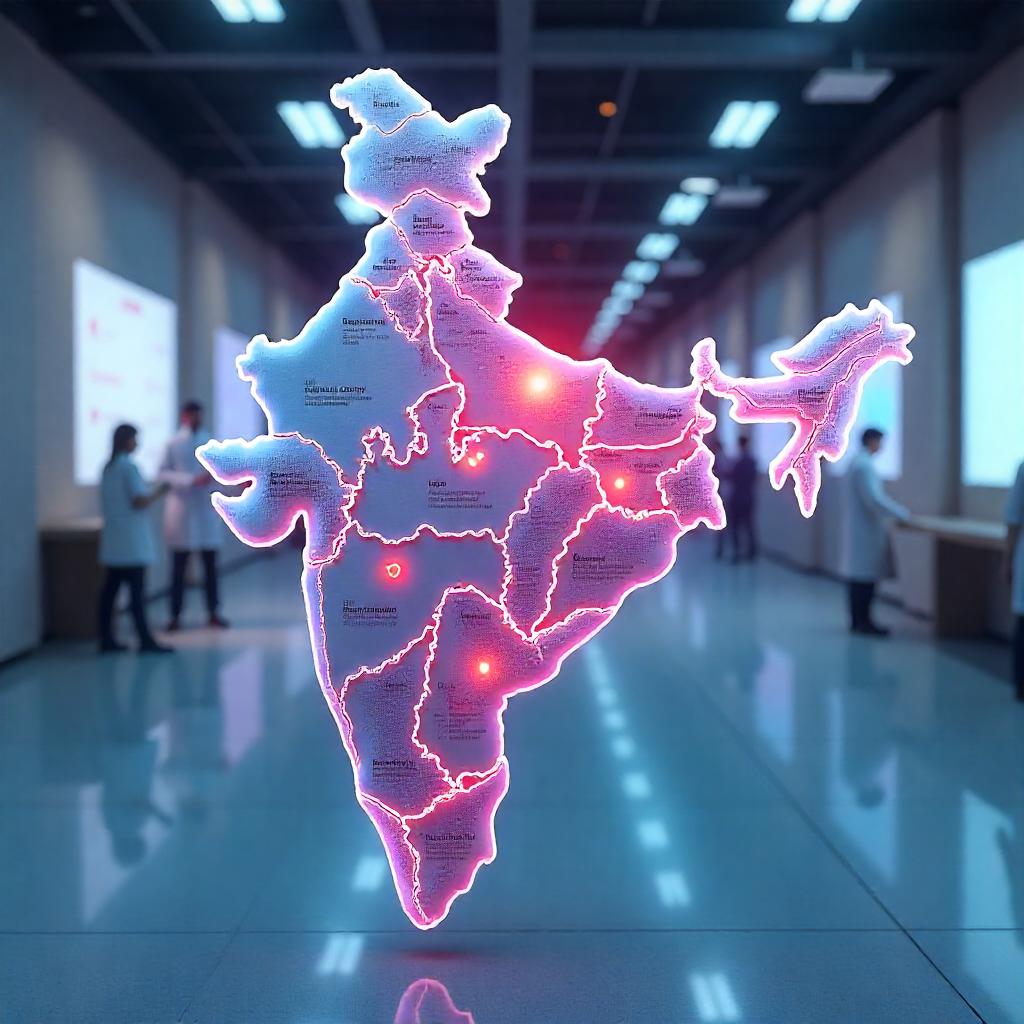Table Of Contents
- Current Status: Import-Dependent but Innovation-Rich
- Price Regulation Driving Innovation
- Bridging Gaps: Regulation, Quality, and Scale
- Research Ecosystem and Academia-Industry Partnerships
- Building for the World: Branding, Compliance & Trust
- Final Thoughts
India’s MedTech industry has been experiencing a significant transformation—shifting from a low-end importer to a hub of affordable, innovative medical solutions. Nowhere is this shift more critical than in cardiovascular technology, where the stakes are high, both medically and economically.
As heart disease continues to be India’s leading cause of death—accounting for 28.1% of all deaths in 2020 —the need for cost-effective, high-performance cardiovascular devices is pressing. But beyond domestic needs, the big question is: Can India become a global leader in cardiovascular MedTech?
Let’s explore the current landscape, the barriers, and the building blocks to boost India’s global competitiveness in this critical sector.
1. Current Status: Import-Dependent but Innovation-Rich
India currently imports over 75% of its high-end cardiovascular devices, especially drug-eluting stents (DES), electrophysiology catheters, and implantable cardiac monitors.
However, a surge in domestic R&D is changing the game. Indian MedTech firms have developed world-class stents and delivery systems—some with CE certifications and successful clinical outcomes in international markets.
2. Price Regulation Driving Innovation
India’s unique cost-focused market, led by NPPA-mandated price caps, especially for cardiac stents, has forced manufacturers to innovate frugally.
- DES prices are capped at a very lower cost, compared to $1,500–$2,000 globally.
- Indian companies have responded by producing high-quality stents at a fraction of global costs.
These price-sensitive innovations are increasingly gaining traction in Southeast Asia, Latin America, and Africa, where affordability is a major barrier to cardiovascular care.
3. Bridging Gaps: Regulation, Quality, and Scale
Despite the momentum, global competitiveness requires more than just affordability. It requires:
- Robust regulatory compliance: While CDSCO has made progress, India’s MedTech regulation needs alignment with US FDA and EU MDR standards for broader acceptance.
- Scalable manufacturing: India needs more Class 100 cleanrooms, automated catheter lines, and ISO-certified facilities to meet global demand.
- India has over 800 medical device manufacturers, but only 15–20% are export-ready for cardiovascular products.
4. Research Ecosystem and Academia-Industry Partnerships
Top institutions like IIT Bombay, SCTIMST Trivandrum, and NIBEC Hyderabad are fostering translational cardiovascular research, producing bioabsorbable materials, miniaturized sensors, and AI-integrated delivery systems.
Additionally, government initiatives like:
- PLI Scheme for Medical Devices
- MedTech Parks across various locations in India are designed to reduce dependency on imports and boost exports of precision devices, including catheters and stents.
5. Building for the World: Branding, Compliance & Trust
Global competitiveness isn’t just about product performance—it’s about brand trust, regulatory clarity, and quality consistency.
- Indian brands must invest in global clinical trials, and design differentiation.
- Partnerships with OEMs, hospital chains, and distribution networks can fast-track entry into new geographies.
Final Thoughts
To build India’s global competitiveness in cardiovascular MedTech, we must combine cost leadership with cutting-edge design, manufacturing scale with sustainability, and regulatory rigor with innovation.
The opportunity is immense—to not just serve 1.4 billion Indians but millions more worldwide who need life-saving cardiac care that’s accessible and advanced.
India is not just catching up—it’s setting the pace for the next era of affordable global cardiology innovation.

